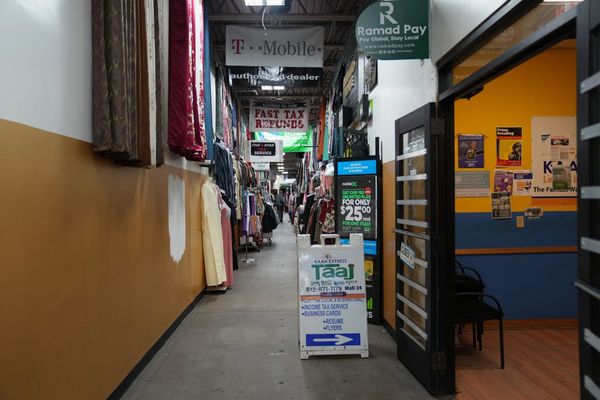
The Northern Territory government has been ordered to pay almost $1m in damages to four former detainees who were unlawfully teargassed during an incident at the notorious Don Dale youth detention centre.
According to a supreme court judgment delivered last week, Keiran Webster, Leroy O’Shea, Ethan Austral and Josiah Binsaris were entitled to exemplary damages after officers in the centre deployed CS gas, a form of teargas, to “incapacitate” another boy during a “serious disturbance” in 2014.
“The conditions which gave rise to this unlawful use of force perpetrated on youths in a detention centre for whose safety and wellbeing the defendant was responsible must never be allowed to happen again,” Justice Jenny Blokland said in the judgment.
“I accept the difficulties the youth justice officers experienced, however the defendant must take responsibility for putting them in that position or creating the conditions where they thought they had no option but to resort to unlawful unreasonable and excessive force.
“Young people in custody must be protected from exposure to such danger. This is fundamental. The court must demonstrate its disapproval of the Northern Territory allowing this to take place.”
Webster and O’Shea were both awarded $250,000 in damages, with $240,000 awarded to Austral and $220,000 to Binsaris.
On 21 August 2014, another detainee, Jake Roper, escaped from his cell within the Behaviour Management Unit of the centre and damaged property, the court found.
Binsaris and Austral joined in the disturbance by damaging property within their cell, but remained inside. Webster and O’Shea played no part in the disturbance.
Guards at the centre decided to use CS gas to control Roper so he could safely be taken into custody, and deployed it in nine short bursts throughout the unit.
O’Shea, who was asthmatic and sharing a cell with Webster, told the court in an affidavit that he feared he was going to die after the gas was deployed.
“The teargas affected me badly and from the way I saw Keiran acting, it seemed to affect him badly as well.
“My throat was burning, I was choking, my eyes were stinging and my nose was running. Keiran looked like he was throwing up.
“After they sprayed the teargas, I felt complete fear. I thought I was going to die. The worst thing was not knowing how long it was going to last and how long we were going to have to sit in there and burn.”
Blokland said that while she had to consider the “volatile circumstances” facing the officers at the time they used the gas, it was also clear there was “high-handedness or disparaging comments on the part of some officers towards detainees”.
“For example, when determining how to deal with Jake Roper, one of the officers, who is unknown, said, ‘Nah, let the fucker come through because while he’s coming through, he’ll be off balance. I’ll pulverise the little fucker. Oh shit, you’re recording’,” Blokland said.
“One of the officers who was in that conversation which took place in the storeroom then said: ‘Go grab the fucking gas, we’ll gas him through fucking, get Jimmy to gas him through here.’”
All four plaintiffs were Indigenous, which the government had argued was not relevant.
Blokland disagreed, saying: “The fact the plaintiffs are Aboriginal is a factor. Unlawful actions by any arm of law enforcement, including Correctional Services, towards Aboriginal people adds to alienation and disengagement from the broader community for complex reasons which for many, but not all Aboriginal people, continue to resonate.
“It lessens trust between citizens and law enforcement authorities and lessens social cohesion in the broader community.”
The judgment comes after a lengthy legal battle, with the youths first suing the government in 2015.
A trial judge had ruled that the deployment of the CS gas was lawful, and the court of appeal dismissed an appeal by the youths against the dismissal of their claims.
But the youths appealed to the high court against the court of appeal decision, and in 2020 that court found in their favour, setting aside the previous orders of the court of appeal and trial judge, and sending the claims back to the supreme court to assess the extent of the damages.
The high court had found that the officers who deployed the CS gas were not authorised to do so in a youth detention centre.
A prison officer only has power to use the weapon in a prison, with the relevant act not authorising the use of a “CS fogger” in a youth detention centre, the court found.







